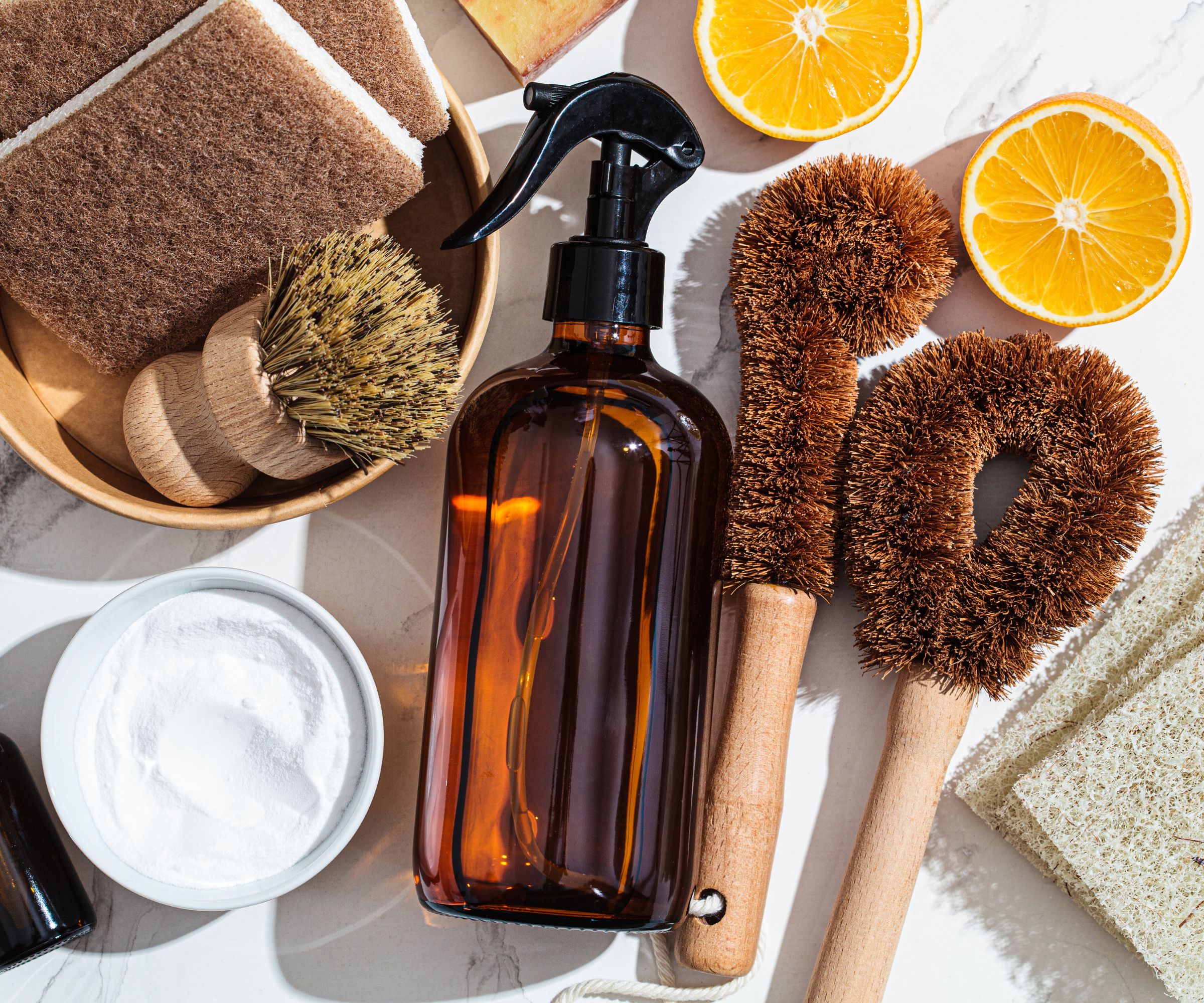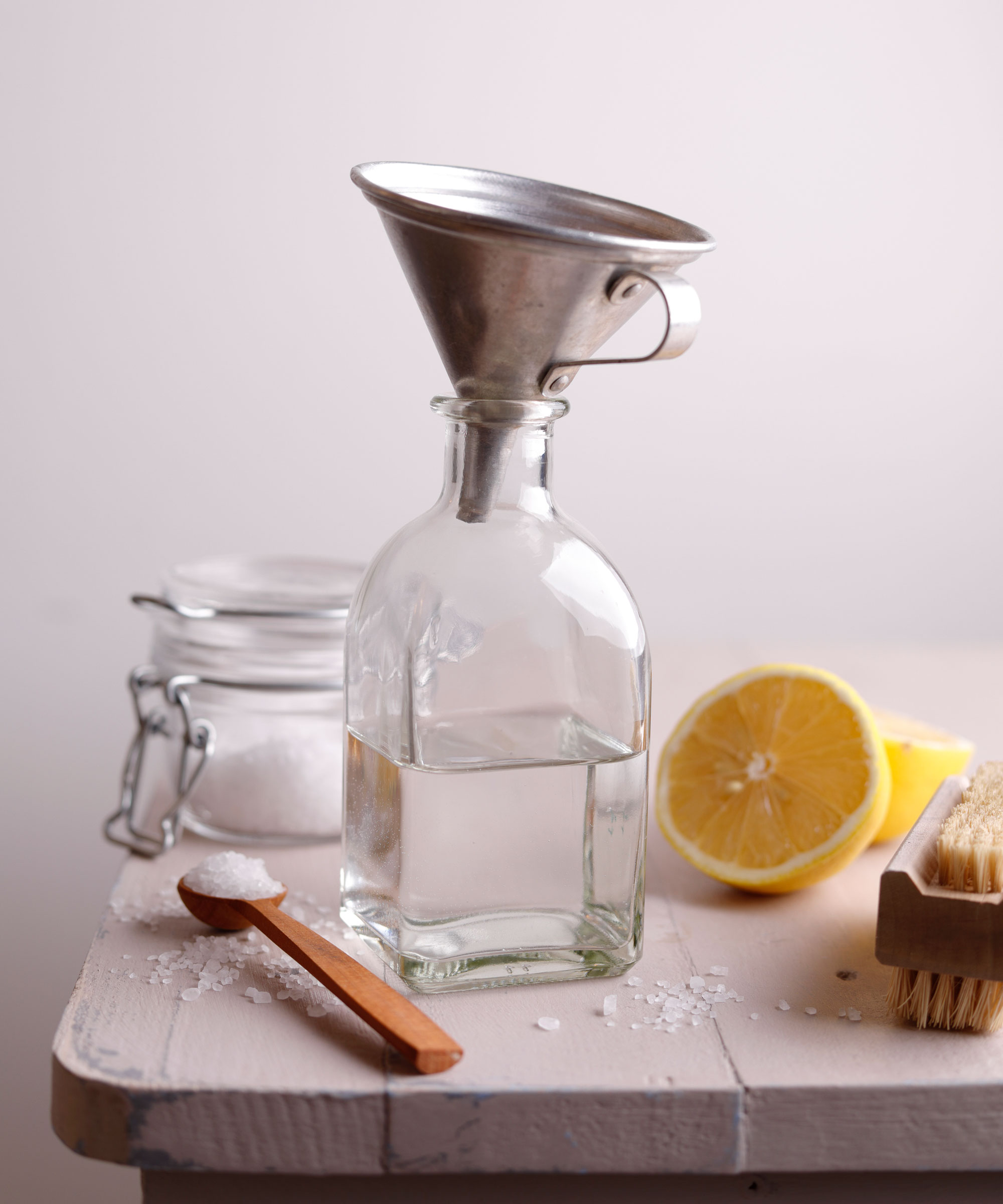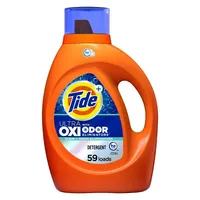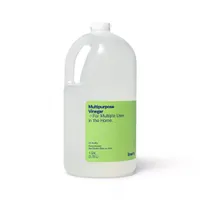How to remove permanent marker stains – 3 ways to erase accidental ‘art’
These three ways to remove permanent marker stains are genius


Despite the name, permanent markers aren't always that permanent – especially when you have the right laundry tips to remove them from fabrics.
While these stains aren't as simple to remove as a regular pen or spilled food, there are several easy cleaning tips you can add to your laundry routine that can help lift the ink without the need to redye garments.
These are the three approaches laundry experts use when removing permanent marker stains from fabrics and how they work.
How to remove permanent marker stains
'How you remove permanent marker stains will depend on the fabric they are on, and how old the stain is. Older stains (especially those that have already been through the washing machine) will be harder to shift than newer ones,' begins Rechelle Balanzat, laundry expert and founder of JULIETTE. That said, you can try a couple of approaches with some unusual ingredients you might need to add to your stain-removing station.
Before treating permanent marker stains with your chosen solution, Rechelle suggests priming the area for easy application first:
‘If possible, place the stained item face down on paper towels or a clean white cloth. Then, apply a stain removal solution to the stain's underside to help lift it from the surface and transfer it to the towels rather than allow it to seep further into the fabric. To stop stains from spreading, swap out the towels or fabric beneath as they absorb the stain.’

Since its founding in 2014, JULIETTE has become a leading laundry service, helping people to track their laundry from picking up to washing to delivery, so they can have piece of mind.
1. Rubbing alcohol

'Permanent markers get their reputation from the fact they are oil-based, as opposed to water-based like regular ballpoint pens. As a result, you need a solvent such as rubbing alcohol to help break them down before doing laundry as normal,' begins Kim Romine, scientist and laundry expert at Tide. In a pinch, this can be substituted for plain, uncolored hand sanitizer.
Design expertise in your inbox – from inspiring decorating ideas and beautiful celebrity homes to practical gardening advice and shopping round-ups.
'As a first line of defense, you should start by blotting the stain with a cloth soaked in rubbing alcohol to help release the oils and lift them away from the fabric, Kim explains. ‘ If there is a lot of the marker color on the fabric, you can also place the paper towel underneath the stain and pour the solvent directly onto the stain. Do not rub the stain into the fabric, being careful to only blot or rinse through. Next, rinse the stain with cold water and get as much out as you can.'
91% Isopropyl Alcohol | View at Amazon
Handy for both your first aid kit and your stain station, rubbing alcohol has several important uses around the home.
‘When it comes to a tough stain like permanent marker, it's best to get as much out as possible before it goes in the wash. When you feel like most of the marker stain has lifted, pour a stain-removing detergent, such as Tide Ultra OXI Liquid Laundry Detergent, available at Target, directly on the stain, let it sit for 20 minutes or so, and rinse thoroughly to remove as much of the marker as possible. ’
It is worth noting that this approach is not always suitable for all fabrics, however. Kim explains that delicate fibers such as wool, silk, rayon, acetate, and acrylic should only be treated with detergent, as alcohol can damage them, following the laundry symbols on the care tag for advice.
Tide Liquid Oxi + Odor Eliminator Laundry Detergent | View at Target
Tide detergent works even in cold water, meaning you can save money on laundry without compromising on results.
'You can also use this approach to clean curtains and clean upholstery to remove permanent marker stains,' Kim continues. When doing so, be sure to test the rubbing alcohol on a small, inconspicuous area first to ensure it doesn't cause discoloration. If you are happy that it is safe to proceed, follow the same steps of dabbing with alcohol before pouring on a small amount of detergent and letting it sit for five minutes. Then, dab with a damp cloth to remove and repeat the process as needed.'
2. Vinegar

'If you do not have any rubbing alcohol to hand, the next best thing would be to clean with white vinegar or clean with lemon juice,' Rechelle Balanzat, laundry expert, continues. Using an acid will help to break down the oils in the stains (especially if it is a fresh stain) and prevent the color from setting in the fibers. This approach is great if you have delicate fibers that may be damaged by alcohol and is particularly effective on synthetic fibers.
Similarly to rubbing alcohol, you should dab and blot at the stain using a saturated clean cloth doused in your chosen acid before letting it soak with some laundry detergent and washing it as normal.
Cleaning Vinegar | View at Target
It's a good idea to keep a container of cleaning vinegar in your cleaning cabinet for tackling all sorts of household chores.
3. Hairspray

The final approach is to use hair spray, although this should be considered a last resort if you do not have either of the other options to hand. 'A surprising amount of alcohol is present in inexpensive hair sprays,’ shares laundry expert Rechelle Balanzat.
‘This method is most effective on thicker, more durable fabrics as well as synthetic materials like polyester and poly-blend clothing, but it is also great for smoother surfaces such as cleaning a leather couch,’ she adds. ‘Only use aerosol hairspray on leather; simply spray the stain and gently rub it with a fresh cloth before washing it away with a little water.’
FAQs
Can you remove dried permanent marker stains?
If you have already washed a garment with marker stains and they have not come out, then there may still be time to lessen the impact of the stain. Before washing the piece again, pretreat the stain with rubbing alcohol and a stain-removing detergent, allowing it to soak before you put it back into your laundry load. The trick is to remove as much evidence of the stain before it goes into the wash as possible to give your machine the best chance of finishing the job.
Can toothpaste remove permanent marker stains?
Toothpaste has been used to remove permanent marker stains before and with some effectiveness, so it can be a good solution in a pinch. That being said, it is not the most effective option and may not work with every toothpaste brand. Some toothpaste that has strong colorings or bleaching agents may even make the problem worse, so be sure to test it on an inconspicuous area first to be safe.
'As with any cleansing method, it is vital that you test it on a small area you won't notice before going ahead with the stain,' reminds Rechelle Balanzat, laundry expert. ‘This will ensure that there won't be any color loss or damage. Always test stain removal solutions on hidden areas of the item or a swatch of fabric taken from the seam allowance.’

Chiana has been at Homes & Gardens for two years and is our resident 'queen' of non-toxic living. She spends most of her time producing content for the Solved section of the website, helping readers get the most out of their homes through clever decluttering, cleaning, and tidying tips. She was named one of Fixr's top home improvement journalists in 2024.


